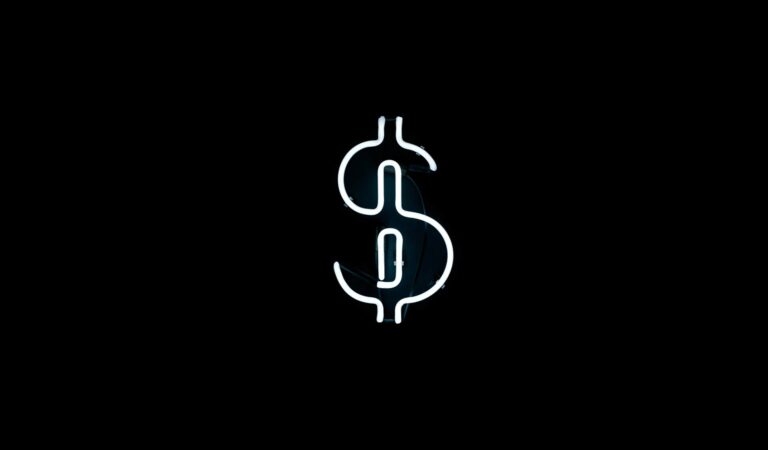Dear Investor,
It is important for you as an investor to recognize and evaluate the best seasonal patterns quickly in practice. This enables you to systematically improve your investment success without unnecessarily wasting any of your valuable time.
The Seasonax team and I have many years of experience with respect to seasonal patterns. Furthermore, we have conducted extensive back-tests.
Today I want to show you what I am particularly focusing on in order to recognize the most promising seasonal phases.
It begins with choosing an instrument
First I naturally choose an instrument. Often I simply do this manually, by e.g. entering the name of a favorite stock into the search box.
Of course I regularly make use of the screener as well. I use it inter alia in order to examine the S&P 500 Index for which the screener outputs a table. At the top it lists stocks that are currently especially promising from a seasonal perspective. With just one mouse click a chart with the positive seasonal phase is displayed. In addition I use proposals offered by my colleagues from the Seasonax Research Department – you can find these under “featured patterns” when opening the Seasonax app.
Then I take a look at the seasonal chart. Unless the Seasonax app has not already done this automatically by, I then highlight a seasonal phase that looks promising – i.e., a pattern.
The first 7 tips will explain in detail how I evaluate such patterns:
1.) Annualized Return
First I look at the “annualized return” data. This figure conveys what profit would have been achieved with the chosen pattern if the gain was extrapolated over a full year. In this example, it is a huge 340.81 percentage points.

But what does the “annualized return” actually mean for an investor? Let us consider a hypothetical example: assume that one stock had returned an average annualized return of 340.81 percent over the past 15 years in January, another stock did so in February, a third stock in March, and so forth.
By rolling from one stock into the next, an investor would have earned 340.81 percent every year for 15 years running!
However, there is a caveat: these are historical figures. The data will look different in the future. Prospective gains may well turn out to be significantly lower. I nevertheless prefer to see a high value under the “annualized return” header, as chances are good that above-average gains will be generated in this seasonally favorable phase in the future as well.
2.) “% Pattern versus %Rest”

My second glance is directed at the circle in the upper right corner and the numbers behind it: “% Pattern” once again shows the annualized return of the seasonal pattern, “% Rest” the average annualized return achieved over the rest of the year.
What is important in this context is that there should be a big difference between the two figures. Keep in mind that assets that have risen sharply in the past, such as Tesla or Bitcoin have recently done, exhibit high “annualized return” values in numerous phases.
However, the lower the annualized return is over the rest of the year, the stronger the force of seasonality is in the highlighted phase – i.e., the advance in this time period is not merely due to the generally strong performance of the instrument.
3.) Even Distribution

I also pay attention to the distribution of returns in individual years shown in the “Pattern Returns” bar chart. The bars should not differ too much from each other; ideally they should be close to the same height. The distribution of returns helps with evaluating the regularity and reliability of a recurring pattern.
4.) Outliers?
Sometimes one comes across the phenomenon of individual years containing extreme moves that have actually nothing to do with seasonal market trends (statistical outliers). The bar chart helps with recognizing such situations as well.
For example, the corona crash which bottomed in March 2020 can make a seasonal pattern look worse than it actually is. In such cases I make use of the filter function and remove the outlier year from the calculation.

5.) Recentness?
Contrary to what one may think: it does not matter much whether a seasonal pattern occurred in the preceding year as well – as my back-tests show. The fact that moves in individual years differ from each other simply comes with the territory in financial markets.
However, in principle recentness is of course relevant. After all, seasonal patterns can change. The example shown below illustrates this: the right half of the chart largely contains strong results (green arrow), whereas the left half contains comparatively weaker results (red circle).

I much prefer such a case to one in which the sequence is arranged the other way around! The strong returns in more recent years indicate to me that the seasonal pattern is current.
6.) Number of Years
One of the questions subscribers most frequently ask our support team is what number of years (for calculating the seasonal chart) delivers the best results.
Naturally, from a statistical perspective “the more, the better” applies. However, sufficiently long time series are not available for every instrument. Moreover, some patterns work very well in recent years and are therefore promising, but have not worked as well before then.
My back-tests show that seasonal patterns calculated over a time period of 10 years already have a good chance of recurring. Of course it pleases me even more if a pattern exhibits favorable values over a greater number of years.

7.) Pattern Length
The ideal length of a pattern depends largely on one’s investment style: the shorter the duration of a pattern, the stronger the annualized return often tends to be. However, this will be more time-consuming and involve higher transaction costs.
I personally prefer a pattern length of 1 to 2 months, but I am not rigidly fixated on this either.

3 Extra Tips for Seasonal Trading
Of course Seasonax offers a great many more functions and data. They all are useful and have merit, but I have not listed them here due to space constraints.
However, I want to mention three more tips which could be especially valuable for you:
- In the case of an instrument that has performed poorly in recent years, the yardsticks will shift. For instance, gold mining shares were mired in a bear market from 2011 – 2015. Returns in these years therefore tend to be lower. However, this may mask favorable seasonal patterns. These can generate strong results for you once mining shares enter a bull market.
- Statistical data on the Seasonax app are shown from a buyer’s perspective, i.e., they refer to long positions – this uniform presentation ensures clarity. If one wants to enter a short position, patterns showing negative returns accordingly represent gains.
- I am convinced of the merits of seasonality based on long-term experience, my own back-tests as well as academic studies. But I remain realistic and am never putting all of my eggs into one basket in the stock market. As is the case with all good trading approaches, seasonality is about probabilities, not certainties.
The Proof of the Pudding is in the Eating!
I hope these tips will help you achieve even better results when making use of seasonality.
Should you have any further questions, my colleagues from our support team will be very happy to help you!
Otherwise, come and visit app.seasonax.com again and make use of our steadily growing range of offers!
Yours sincerely,
Dimitri Speck
Founder and Head Analyst of Seasonax


